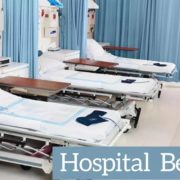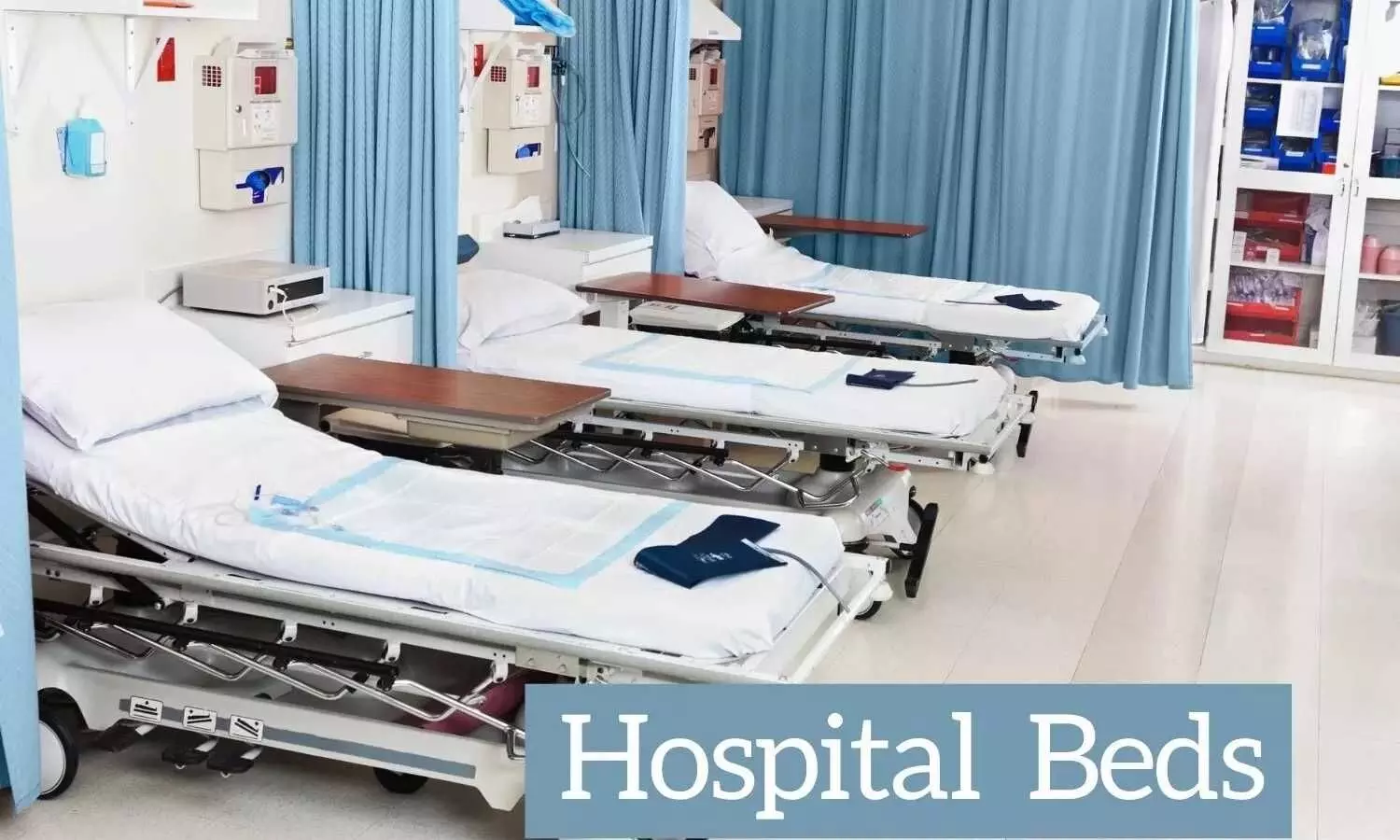How to Improve Adherence in Hypertensive Patients? Bridging the Gap with CONNECT Tool

The Hidden Crisis: Uncontrolled Hypertension in India
Hypertension significantly contributes to a wide spectrum of cardiovascular and metabolic complications. It is associated with a 71% higher risk of heart failure (1) and an approximately 60% increased risk of developing type 2 diabetes. (2) Hypertension increases the risk of developing type 2 diabetes by 77% for every 20 mm Hg rise in systolic blood pressure. (3) Hypertension also increases the risk of stroke seven times. (4)
Educational Empowerment in Hypertension: Evidence is Promising
An RCT involving 42 physicians and 420 hypertensive patients evaluated the effect of clinician education. After a 3-month follow-up, BP control improved in 181 patients (face-to-face 3-hour session by a cardiologist: 84; printed=guideline-based handouts: 97), and treatment adherence rose significantly [53.3% vs. 39%; p=0.001]. (5)
Driving Meaningful Educational Interventions in Hypertension: Introducing CONNECT Tool
The Concordance (connect) Tools for Diabetes, Heart Failure, Heart Attack, and Stroke are patient-centered communication aids that foster shared decision-making between clinicians and patients. Each tool guides discussions on symptoms, medication adherence, and lifestyle changes, promoting individualized care, emotional support, and goal-setting to improve long-term outcomes in chronic disease management.
Each Concordance Tool addresses condition-specific barriers by promoting empathetic, patient-informed care plans.
In diabetes, patients may feel overwhelmed by treatment demands, fear insulin or hypoglycemia, and struggle with motivation or cost. The tool explores readiness for change, addresses beliefs about medication and complications, and supports goal-setting across diet, physical activity, and glucose control. It also emphasizes that coexisting hypertension increases the risk of heart disease sixfold—strengthening the case for integrated BP and glycemic control.
For heart attack survivors, fear of recurrence, uncertainty around lifestyle change, and poor medication understanding often limit recovery. The tool helps explore patient knowledge of the heart event, builds trust around medications like statins and antiplatelets, and introduces structured conversations on rehabilitation, smoking cessation, and emotional health. It highlights that even modest blood pressure reductions can reduce future heart attack risk by 9%, reinforcing the importance of BP control in secondary prevention.
In heart failure, patients often face fatigue, shortness of breath, and confusion about long-term care. The tool enables clinicians to check understanding of heart failure, address adherence challenges, and personalize lifestyle advice on fluid balance, salt intake, and daily weighing of body weight. It reinforces that lowering blood pressure can reduce heart failure risk by up to 64%, giving patients a clear and motivating rationale for treatment adherence.
After stroke, patients and families may struggle with communication, recovery expectations, and medication adherence. This tool supports discussion on residual disability, emotional well-being, caregiver involvement, and functional goals. It highlights that effective BP management can lower stroke recurrence risk by 41%, aligning lifestyle and therapeutic interventions with tangible preventive benefits.
These tools are integral to the United for BP Control initiative.
The United for BP Control initiative, launched by USV, an Indian multinational healthcare company, in collaboration with the World Hypertension League(WHL) and the Indian Society of Hypertension(ISH), is a nationwide program with an endeavor to reduce hypertension burden in India. This initiative is aimed at increasing awareness, facilitating screening by conducting 25,000+ BP, ECG & CV risk assessment camps, aiming to reach over 2 lakh patients, and fostering better management of hypertension by introducing first-of-its-kind patient education strips to reinforce lifestyle and medication adherence. The patient education strip is based on insights from 1,500+ doctors and 200+ patients.
Takeaway
Managing hypertension effectively goes beyond prescriptions—it requires ongoing education, shared decision-making, and patient-centered communication. The Concordance (Connect) Tools translate complex cardiovascular risks into simple, actionable messages across major comorbidities. As part of India’s United for BP Control initiative, they empower clinicians to drive better adherence, prevention, and long-term outcomes through structured, empathetic care.
Reference:
1. Baffour, Priscilla Kyei et al. “Blood pressure, hypertension, and the risk of heart failure: a systematic review and meta-analysis of cohort studies.” European journal of preventive cardiology vol. 31,5 (2024): 529-556. doi:10.1093/eurjpc/zwad344
2. Wise, Jacqui. “High Blood Pressure Is Linked to Increased Risk of Diabetes.” The BMJ, vol. 351, 30 Sept. 2015, https://doi.org/10.1136/bmj.h5167. Accessed 13 June 2025.
3. Nazarzadeh, Milad et al. “Blood pressure lowering and risk of new-onset type 2 diabetes: an individual participant data meta-analysis.” Lancet (London, England) vol. 398,10313 (2021): 1803-1810. doi:10.1016/S0140-6736(21)01920-6
4. Li, Al., Ji, Y., Zhu, S. et al. Risk probability and influencing factors of stroke in followed-up hypertension patients. BMC Cardiovasc Disord 22, 328 (2022). https://doi.org/10.1186/s12872-022-02780-w
5. Ashraf, Tariq et al. “Impact of educational intervention on hypertension management by primary care physician: A randomized control trial.” PEC innovation vol. 4 100285. 28 Apr. 2024, doi:10.1016/j.pecinn.2024.100285
Abbreviations: BP – Blood Pressure, SBP – Systolic Blood Pressure, DBP – Diastolic Blood Pressure, RCT – Randomized Controlled Trial, CV – Cardiovascular, ECG – Electrocardiogram, MI – Myocardial Infarction
Powered by WPeMatico








